Center for Technology Essex (CTE) plays a vital role in preparing students for real-world careers. A wide variety of programs are offered, ranging from inside the classroom to out in the field. However, there is a noticeable disconnect between CTE and Essex High School (EHS). One student who has closely observed the situation compiled a list of key issues — and he thinks something needs to change.

Thomas Miller, a senior enrolled in both CTE and EHS, has taken a leading role in investigating the issue. He has visited students, staff, and administration from both schools to learn more about the separation.
The Communication Challenge
A visit to the National Honors Society, the program recognizing EHS students with high GPAs, confirmed his suspicions about a lack of communication. Miller sent out a survey to all members, asking for their opinion on the matter.
The question centered around students’ knowledge of CTE.
“The only impressions I’ve really gotten are the friends I’ve made who happen to be in CTE and walking past classes in the hallway,” one NHS student wrote.
Miller believes communication is the root of the problem due to poor information sharing, last-minute notifications, and scheduling conflicts amongst the two schools.
Dave Carter is a PreTech 1 Instructor at CTE. When asked by Miller about the disconnect between the two schools, he said, “It took 30 years to align the fire drills.”
After interviewing 17 CTE program instructors on the issue of communication, Miller found the average ranking to be 3.7 out of ten. One being poor, ten being excellent.
How Stigma Contributes to the Problem
Many students seem to have the perception that CTE is meant for students who struggle with traditional academics. Miller believes that this stigma trickles back down to the issue of poor communication between CTE and EHS.
“Poor knowledge from teachers about current CTE leads kids to think we’re the same as we were 60 years ago when Tech was Auto and Cosmo, and it was actually a program for kids who weren’t good at normal school,” Miller said.
While CTE has been developed into an alternative learning path for high schoolers by teaching them the skills necessary to join a trade after high school, the disconnect has created a “stigma” that leaves EHS students hesitant to make the switch.
One NHS student labels their knowledge of CTE as “Very little.” They then go on to say, “there’s a big stigma around joining CTE. It is a very good opportunity, but it is also very separate from the rest of the school.”
“[CTE] feels like a renter instead of a member of the building,” one CTE instructor who wished to remain anonymous said.
The Solution
While this is a large problem, Miller breaks it down into many different routes that could be taken to a solution. One of his biggest ideas: a joint newsletter.
Currently, EHS sends out the Hornet Buzz newsletter to all EHS students every Friday. This newsletter often contains academic achievements made by various students. By adding the achievements of CTE to this newsletter, it would bring light to the hard work that they are doing within their respective programs.
This would address the problem of communication by showing important EHS/CTE events that are relevant to both groups. Furthermore, it would help to diminish the stigma that CTE students face by highlighting their accomplishments.
With the issues discussed and practical solutions on the table, Miller hopes more students and staff will be open to build a stronger connection between the two schools.
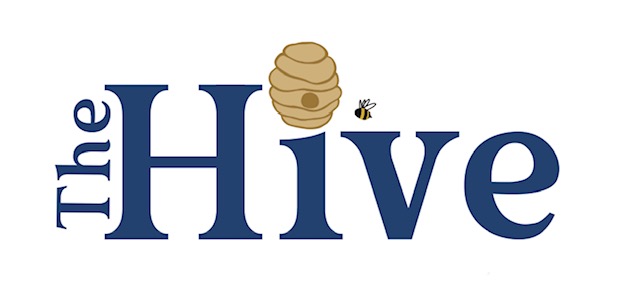



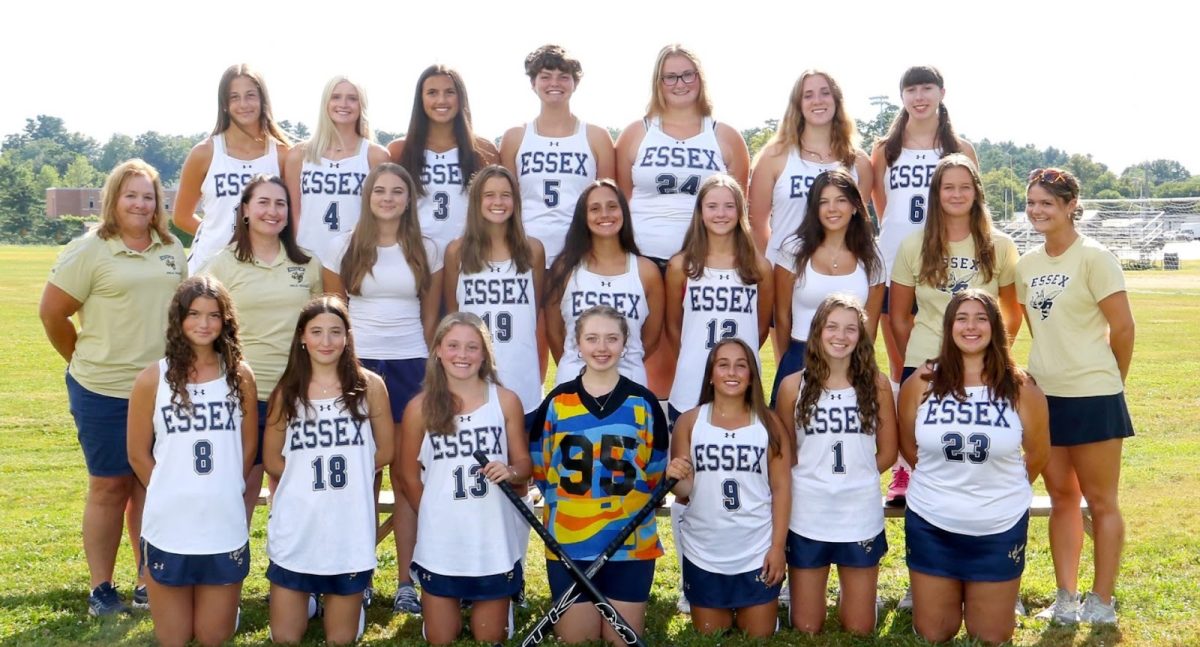
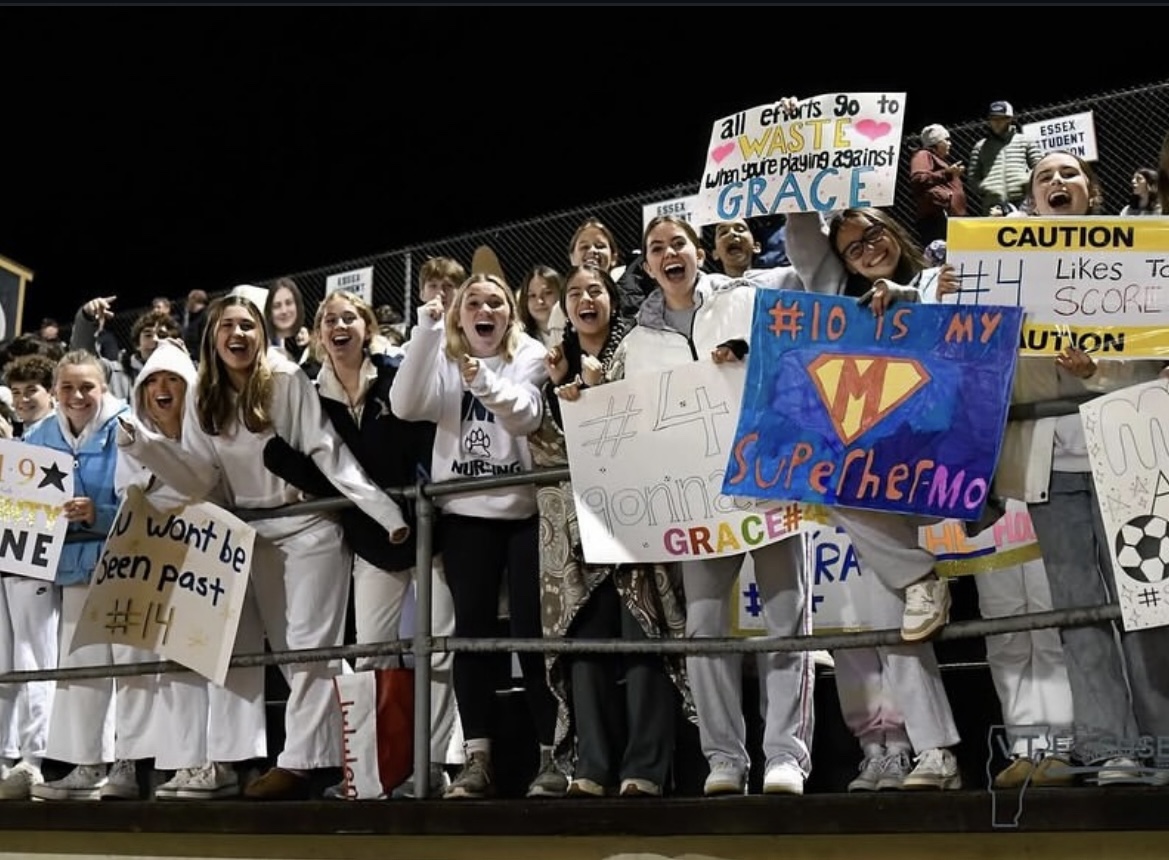
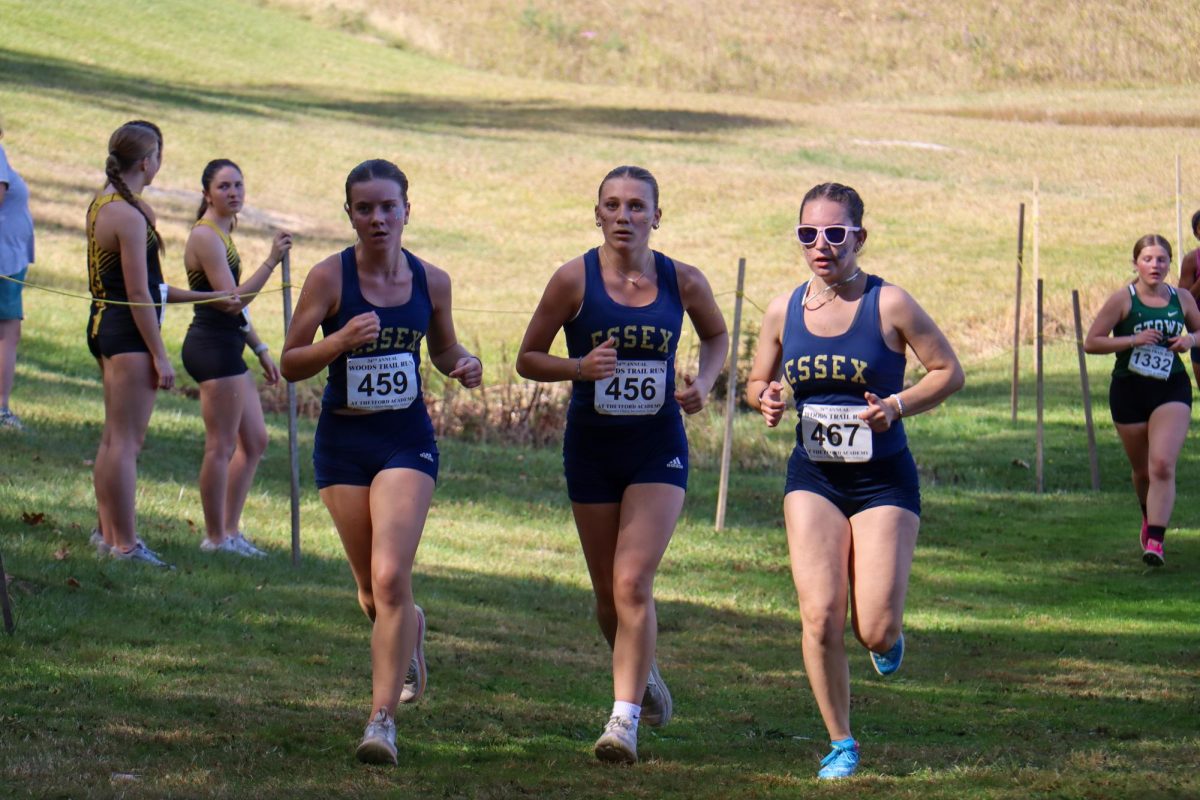





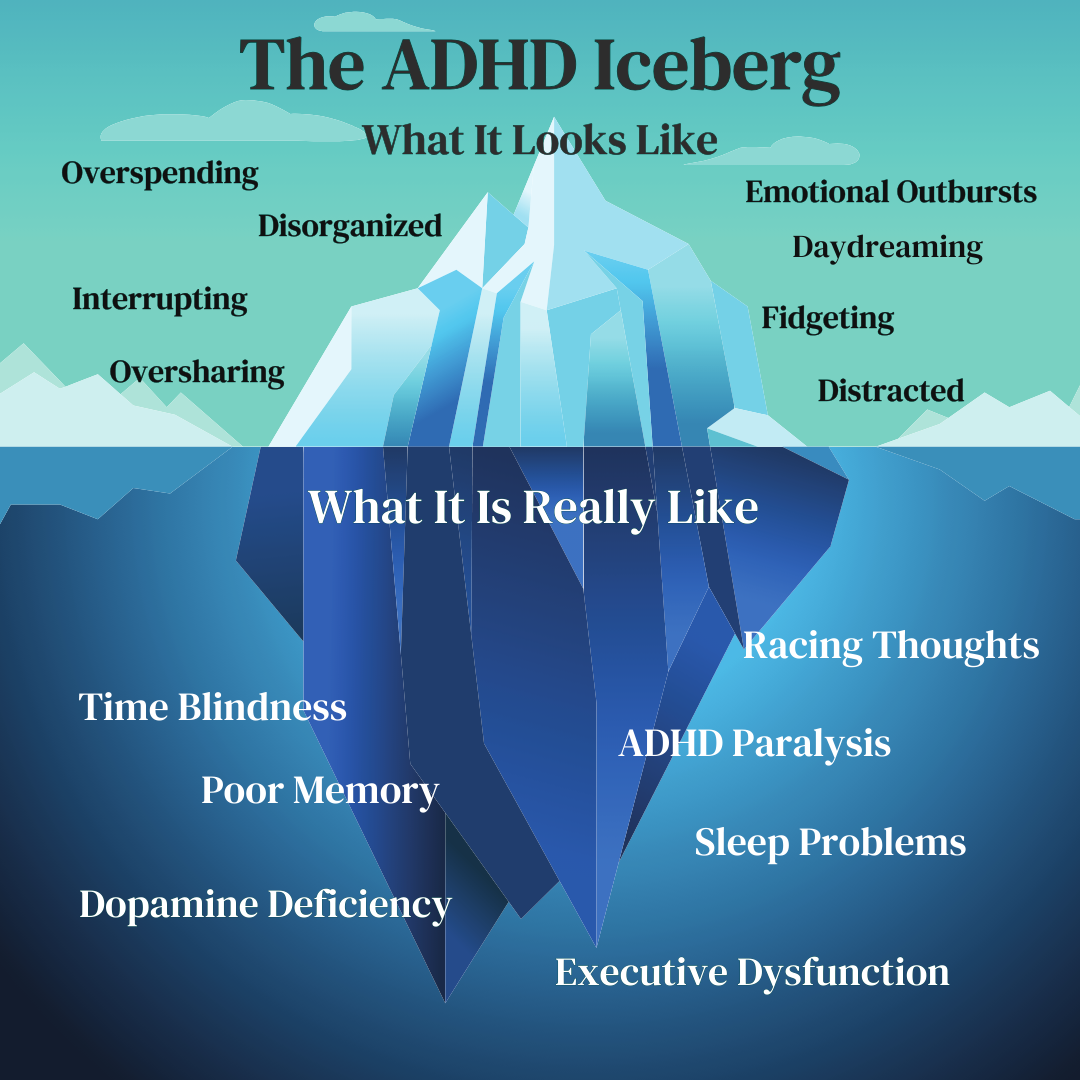
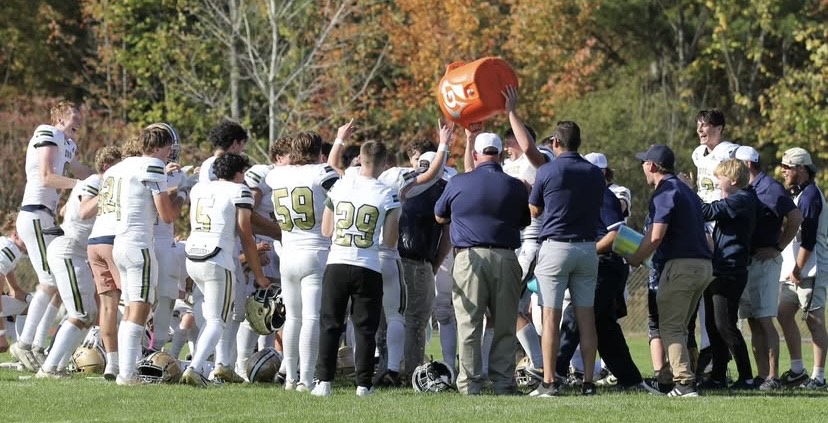







Gretchen Cotell • Jun 11, 2025 at 6:02 pm
This is a great idea! I hope that Pre-Tech 4 will be able to contribute to the newsletter and share all the great opportunities that CTE students experience!
Monica King • Jun 7, 2025 at 7:39 am
I totally agree with this article. I am also a CTE and EHS student, and have also seen the lack of communication between the two. A lot of the stigma is that people who are “lazy” go to CTE. It has been this way for a long time. Which I believe isn’t true, I have learned so much from my CTE program, and I’m happy I get to experience it. I am now set to go into the workforce and have certifications that I will have for the rest of my life to go into my field.